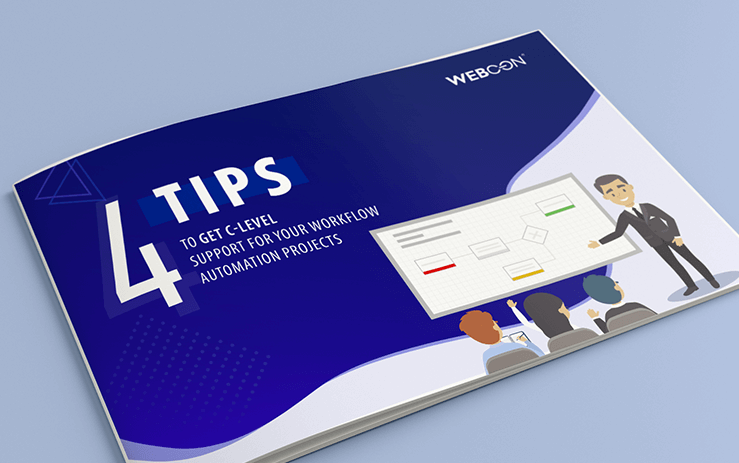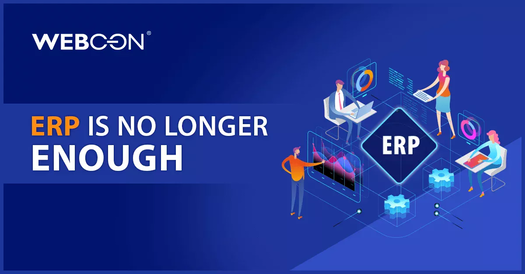Hyperautomation and IT democratization are two of the top technology trends of 2020. This should come as no surprise as, in our search for efficiency, we automate almost everything. This would not be possible without IT democratization.


Hyperautomation is what robotics has been for assembly lines, only for business processes in an office environment. It is based on the idea that if something can be done automatically, it should not take us time. However, time is not the only thing that matters. It is also about repeatability, accuracy, control and auditability. Therefore, Gartner links hyperautomation with the concept of digital twin – a digital visualization of the physical processes.
In practice, this means that, just like in our private lives we use more and more easy-to-use applications – for planning a trip, calculating expenses, shopping, managing tasks, etc. – in the office, we also expect more and more applications to support the processes we are involved in.
Think of concluding contracts. With a business application, you only type in the relevant information and the document is generated automatically based on a current template. If the contract returns with comments from the client, you can quickly notice any changes that have been introduced. You can easily find a list of all the contracts you are currently working on that are waiting for approval by your superiors or for your client’s signature. When the contract is signed, you can be sure that the relevant people will be notified automatically, and the relevant entries will appear in the ERP system. The entire process will be in line with procedures that you don’t even have to know, let alone keep up with any procedural changes. You can easily track the history of your work on the contract to draw lessons for the future.
Why don’t we create such solutions for other processes, then?
Sadly, organizations usually encounter two types of barriers. One is IT resources and the availability of specialists capable of creating and operating such solutions. The other is that traditional IT solutions are “reluctant” to change – and without changes, applications quickly start holding you back, instead of pushing you forward. The answer to the first problem is IT democratization. With no-code / low-code platforms, business applications can be developed by users who can understand the process, but are not necessarily skillful developers. These tools enable them to understand the applications that are developed, and to improve communication between IT and the business. That gives us a choice between a citizen development model and a citizen assisted development model. Otherwise companies will find it hard to tackle the hyperautomation challenge. To deal with the second problem, WEBCON offers its unique InstantChange™ technology.









